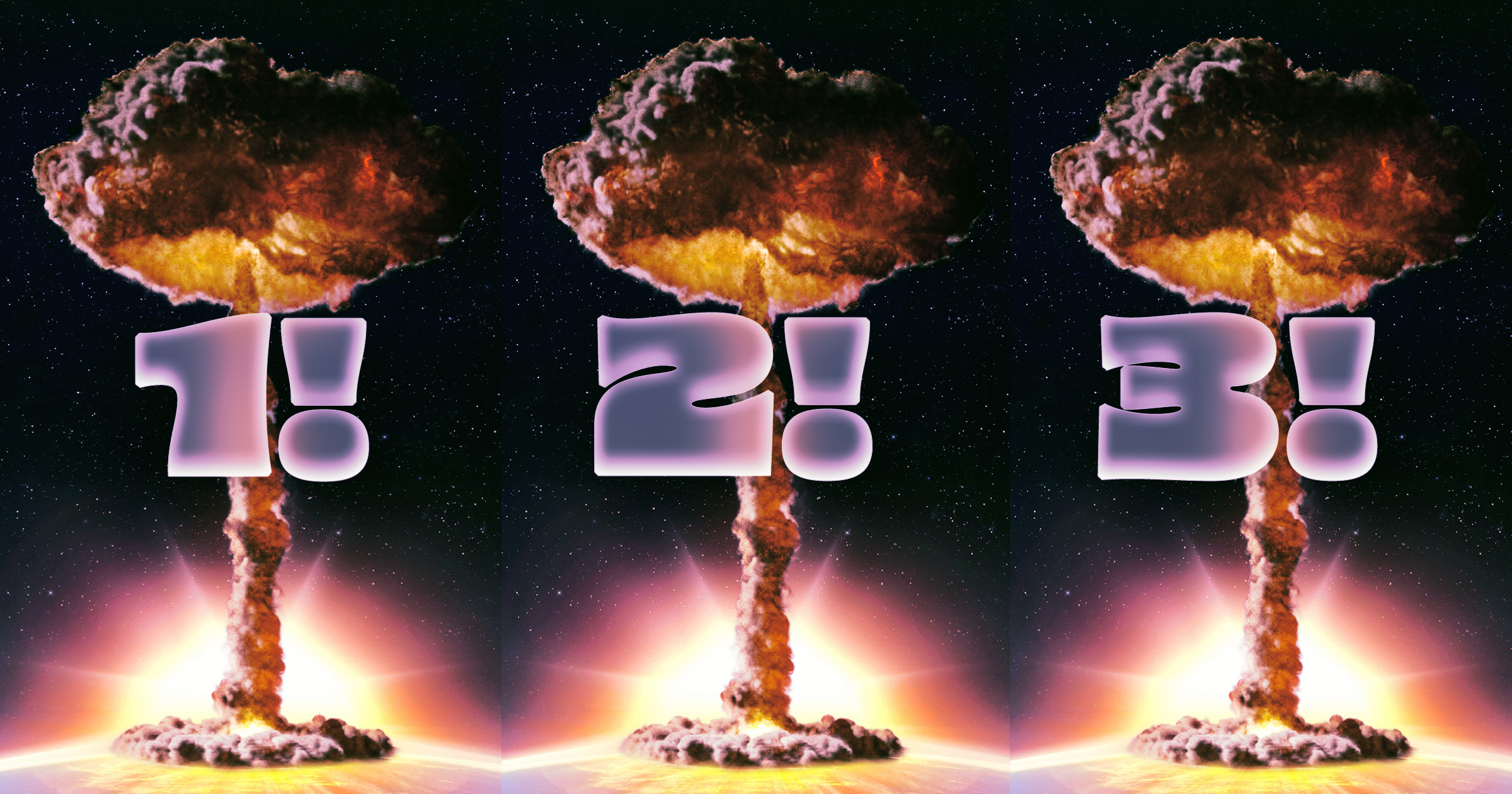
"But the true value from this test is probably that the military could glean data from the paper to build better bunkers that could withstand such anapocalyptic situation - a matter that's on everybody's mind as China and the United States size up each other's weapons arsenal amid rising geopolitical tension. The scientists in the paper in particular singled out the power of American and Russian weaponry such as a "new generation of low-yield earth-penetrating [nuclear missile] warheads" as a cause for concern."
"For the missiles strike test, the team of Chinese military scientists produced a large metallic vacuum chamber with heavy, thick walls but small enough to fit in a lab room. Inside the chamber, they used pressurized gas to pierce three glass spheres buried in quartz sand to simulate a rapid succession of nuclear explosions, while cameras captured every second of these blasts."
"They ran calculations that referenced the US Palanquin test in 1965, which was held to identify the impact from a nuclear detonation; in that long-ago experiment held in Nevada, the explosion left a crater radius of 119 feet and a depth of around 69 feet. They recreated the Palanquin test in miniature in order to validate their laboratory set up and create a baseline"
Chinese military scientists simulated three rapid successive nuclear strikes in a scaled laboratory experiment using a metallic vacuum chamber and buried glass spheres in quartz sand. Pressurized gas pierced the spheres to mimic consecutive detonations while high-speed cameras recorded blast dynamics. Results showed multiple rapid detonations create larger craters and far greater destruction than a single blast. The experiment validated its setup by miniaturizing the 1965 US Palanquin test. Findings emphasize vulnerability to low-yield earth-penetrating warheads and provide data relevant for designing bunkers to withstand successive nuclear impacts amid rising strategic tensions.
Read at Futurism
Unable to calculate read time
Collection
[
|
...
]